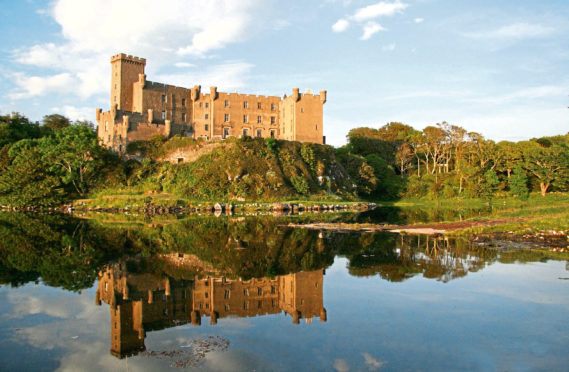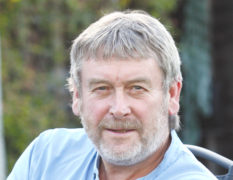The Scottish Government has just published guidance for its new community right to buy land and other local assets, if it is to “further sustainable development”. It could be a game-changer. It is an absolute right. This means that if ministers are persuaded local residents taking ownership would meet their sustainable development goal, it wouldn’t matter if the owner doesn’t want to sell. If the money can be raised, the locals can make their purchase.
The guidance refers to land, but the Scottish Government is clear: “…by land we mean land, buildings, inland waters, canals and the foreshore.” It also includes salmon fishing and mineral rights. It allows a community body to nominate a third party to take title to the ground or asset being acquired. This can be important for tax purposes.
But what do ministers mean by sustainable development? It is not clear from the guidance. It shouldn’t, however, be too far away from the definition published by the UN in 1987 – “Sustainable development is development that meets the needs of the present without compromising the ability of future generations to meet their own needs.”
With the addition of another few words about reconciling environmental, social and economic demands, it would be close to what most accept as a reasonable definition. It shouldn’t be beyond local communities to argue that if they could assume control of local land or assets, it would be progress towards that definition, in contrast to the status quo.
As the estimable Willie McSporran on Gigha memorably put it at the time of the island’s buyout in 2002: “If we put in a nail or a hinge, or put a slate on a roof, we will have done a sight more than has been done for decades under our landlords.”
Meanwhile, some landowners would be hard pressed to demonstrate any commitment to the cause of sustainable development. So this new right to buy should herald an increase in the rate of community buyouts. But caution is required. We have been here before.
The Community Empowerment (Scotland) Act of 2015 created another new right to buy, which came into force in 2018. This was in respect of land or assets such as buildings which had been abandoned, neglected or were detrimental to the environmental wellbeing of the community, and where the owner was not willing to sell.
Community activists were delighted. There were plenty of examples of neglect and abandonment which should have qualified. But to date, not a single community body has successfully used this provision. One or two have tried, but it is proving problematic.
This may well be raised at Holyrood’s Local Government and Communities Committee tomorrow in its post-legislative scrutiny of the 2015 Act. That legislation did not define abandoned/neglected/detrimental, leaving it to a community body to justify why the land it sought should qualify. There will be the same onus when it comes to forwarding sustainable development. But it should be easier to produce a plan to do something positive, rather than prove a negative such as abandonment, neglect or detriment.
There certainly is a broad enough canvas for them to paint a programme to deliver significant social, environmental and economic benefit. Most will have ideas about how to improve use of local land, woods, waterways, fishing and mineral rights, buildings or foreshores. The chance of acquiring the last mentioned may surprise some as there is a widely held belief the Crown owns the foreshore (between high and low water marks of ordinary spring tides) around Scotland’s coast. It actually only owns about 50%. There is no Crown foreshore in Orkney and Shetland under udal tenure, which derives from the Norse legal system which the northern isles were subject to before coming under the Scottish Crown. Many landowners acquired foreshore from the Crown in the 19th Century, but some much earlier.
In 1996, Clan Chief the late John MacLeod of MacLeod tried to charge two Skye crofters nearly £20,000 a year for using a few yards of foreshore for their fish farming operation at Harlosh. The crofters used a jetty at the foot of one of their crofts. It had been built in 1973 by the Army using money from the then-district council, the Highlands and Islands Board, and the locals themselves.
But to get to their cages and land their fish, they had to use the shore. MacLeod Estates at Dunvegan Castle claimed ownership of the foreshore under a Royal Charter dating to 1611. The crofters sought redress through the Scottish Land Court. They wanted to buy patches of land on their crofts under the 1976 Crofting Act, and crucially asked that their rights of access to the foreshore be defined.
On the day the court was due to sit in Portree in March 1997, MacLeod Estates reached an out-of-court settlement with the crofters, thought to be a token payment of a few thousand pounds. Hopes that this test case would establish wider legal rights to Scotland’s foreshore were therefore dashed. But now local residents can take ownership of their foreshore, courtesy of a law reflecting the needs of Scotland today. Ministers must ensure it works for those trying to use it.
David Ross is a veteran Highland journalist and author of an acclaimed book about his three decades of reporting on the region











